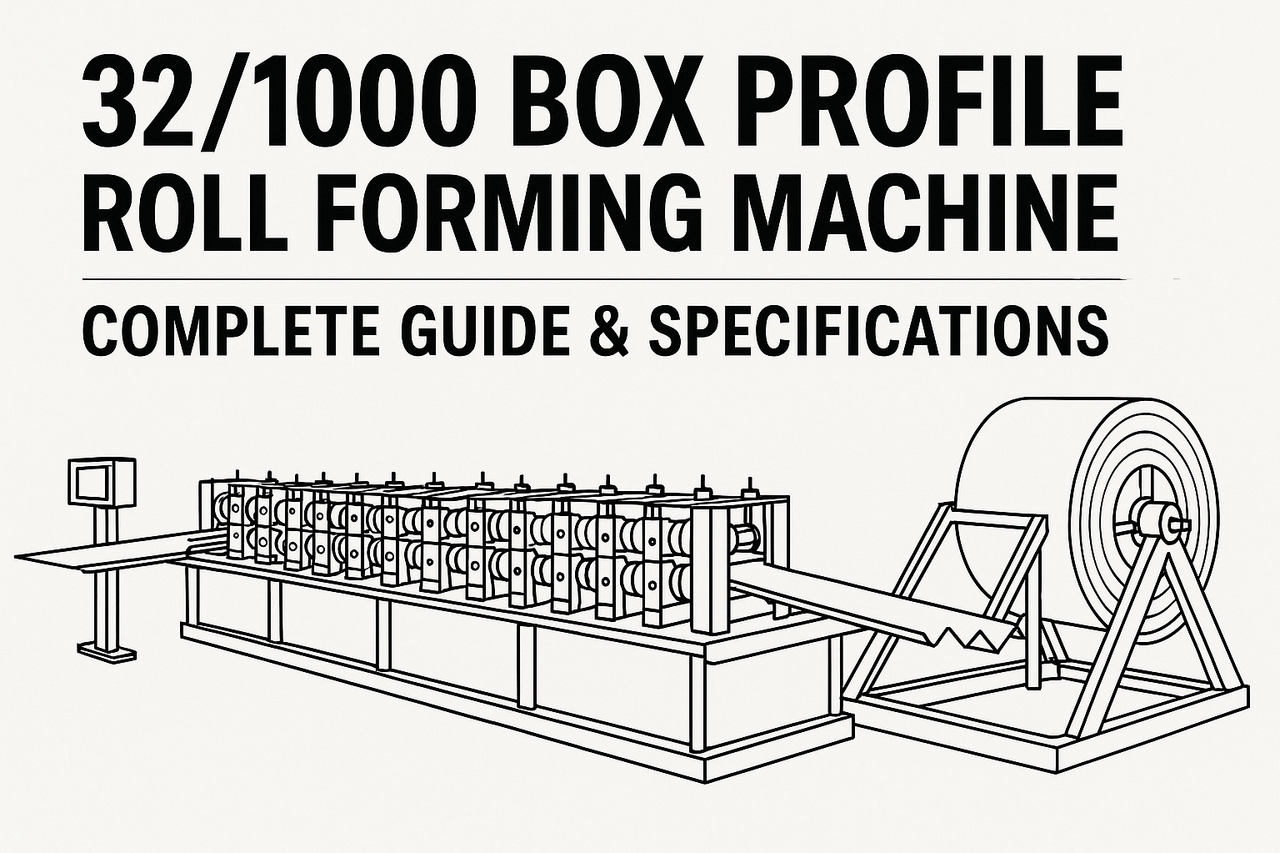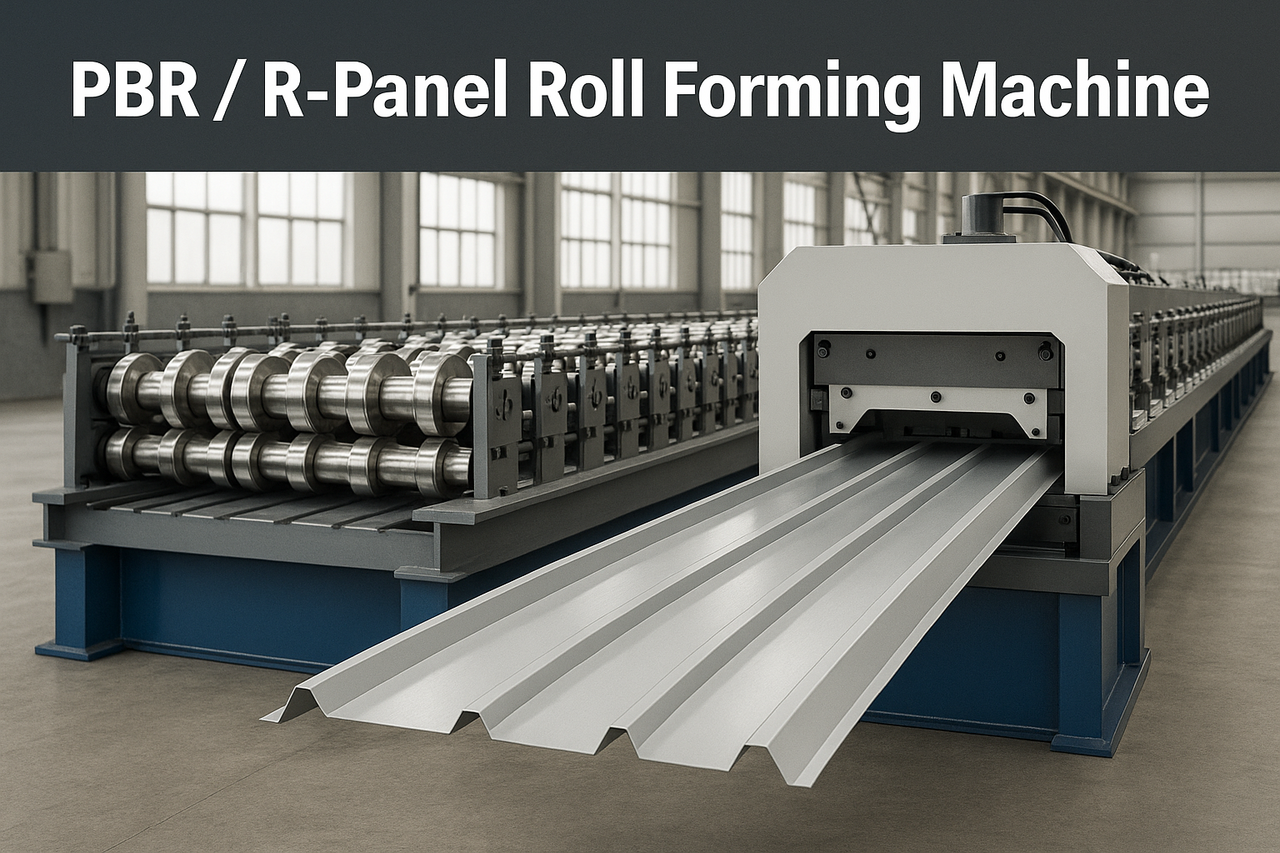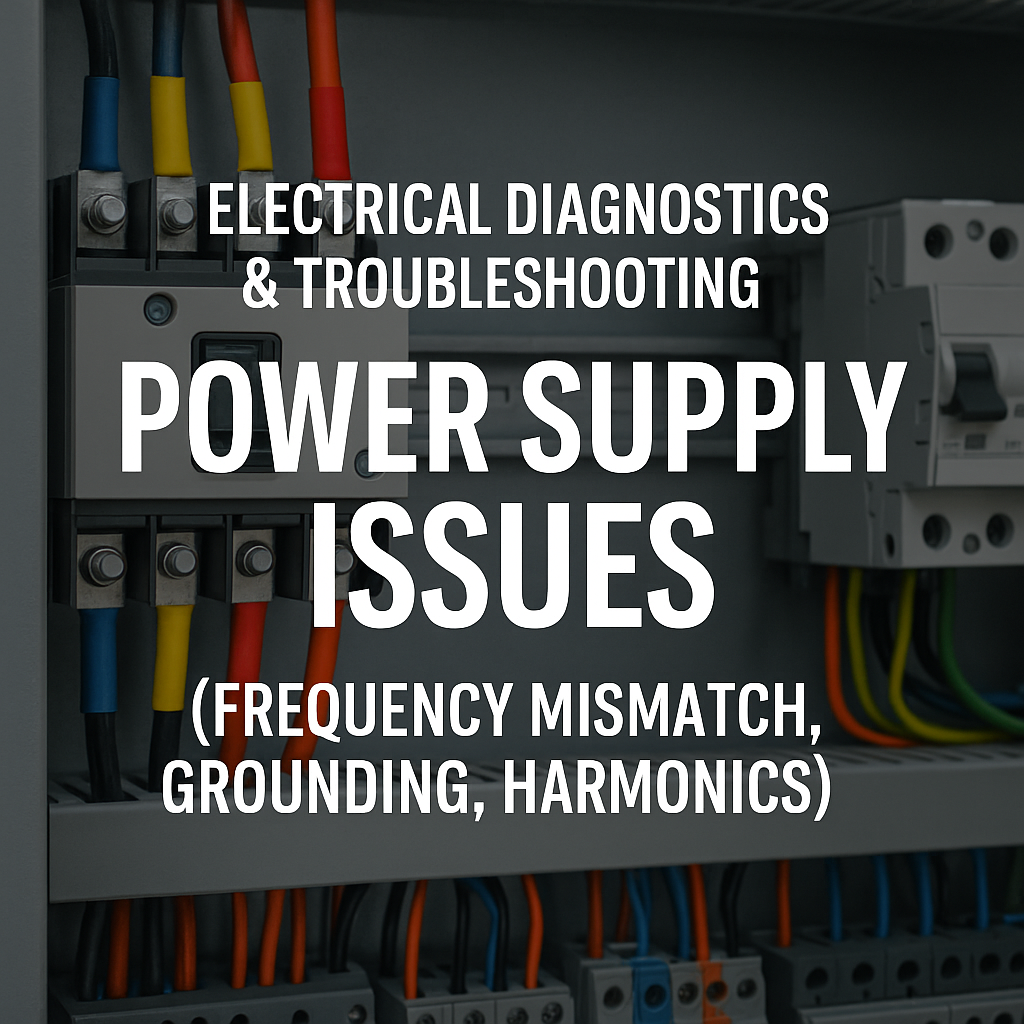Roll forming machines play a vital role in the production of metal components for various industries, from construction to automotive. However, selecting the right machine is not a one-size-fits-all decision. The choice heavily depends on regional factors such as climate, construction regulations, and industry trends. This guide will help you navigate these considerations to make an informed choice.
1. Understanding Regional Climate
The climate of your region significantly impacts the materials you will use and the machine's performance. Here are some key considerations:
- Corrosion Resistance: If you operate in a coastal area or a region with high humidity, it's crucial to select materials that resist corrosion. Look for roll forming machines that can work with galvanized steel or aluminum, which are more resistant to rust.
- Temperature Extremes: In areas with extreme temperatures, consider the impact on material flexibility and machine components. Machines equipped to handle high-strength steel may be necessary for colder climates, where the materials become brittle.
- Weather Considerations: For regions prone to severe weather events, such as hurricanes or heavy snowfall, the design of your metal components must adhere to local building codes that ensure structural integrity. This may influence your machine's specifications.
2. Construction Regulations and Standards
Every region has its construction regulations and building codes that govern the types of materials and methods allowed in construction projects. Here’s what to consider:
- Compliance Requirements: Familiarize yourself with local building codes. Some regions may have stricter regulations regarding fire resistance, thermal performance, or structural integrity. Choose a roll forming machine that allows you to meet these requirements efficiently.
- Safety Standards: Many regions require machines to meet specific safety standards. Ensure the machine you select includes safety features that comply with local regulations to minimize workplace hazards.
3. Industry Trends and Local Demand
Understanding the dominant industries in your region can guide you in selecting the right machine:
- Market Demand: Analyze the primary construction trends in your area. For instance, if there’s a growing demand for metal roofing or siding, consider a machine that specializes in producing these products.
- Customization Needs: If your region is known for custom or unique construction projects, you may require a roll forming machine that offers flexibility in profile design and production volume.
4. Available Resources and Support
Local resources can greatly influence your machine selection process:
- Supplier Proximity: Look for manufacturers that have a presence in your region. Proximity can lead to better support, quicker delivery times for spare parts, and easier access to maintenance services.
- Training Programs: Consider suppliers that offer training programs for your staff. Proper training ensures that your team can operate the machine efficiently and safely, maximizing productivity and minimizing downtime.
5. Cost Considerations
Understanding the economic landscape of your region is essential for making a sound investment:
- Initial Investment vs. Long-Term Costs: While a lower upfront cost may be tempting, consider the long-term operational costs, including maintenance, energy consumption, and potential downtimes. Evaluate the total cost of ownership when comparing machines.
- Financing Options: Explore available financing options tailored to your region's economic conditions. Some manufacturers offer flexible payment plans that can help ease the financial burden of purchasing a new machine.
6. Case Studies
Examining real-world examples can provide valuable insights:
- Successful Businesses: Look for case studies of companies in your region that have successfully implemented roll forming machines. Analyze their challenges and the factors they considered when choosing their machines. This can provide practical insights and lessons learned.
7. Conclusion
Choosing the right roll forming machine requires careful consideration of various regional factors, including climate, construction regulations, industry trends, available resources, and cost implications. By taking the time to assess these factors, you can ensure that your investment aligns with the specific needs of your region and supports your business goals.



